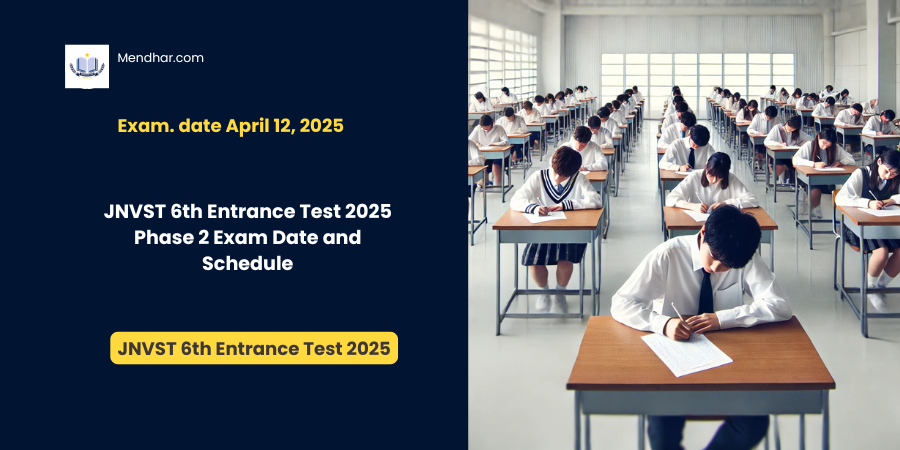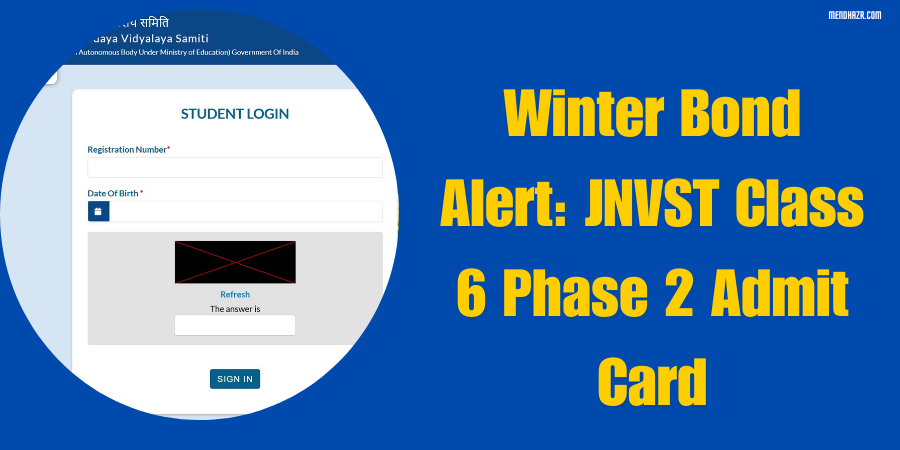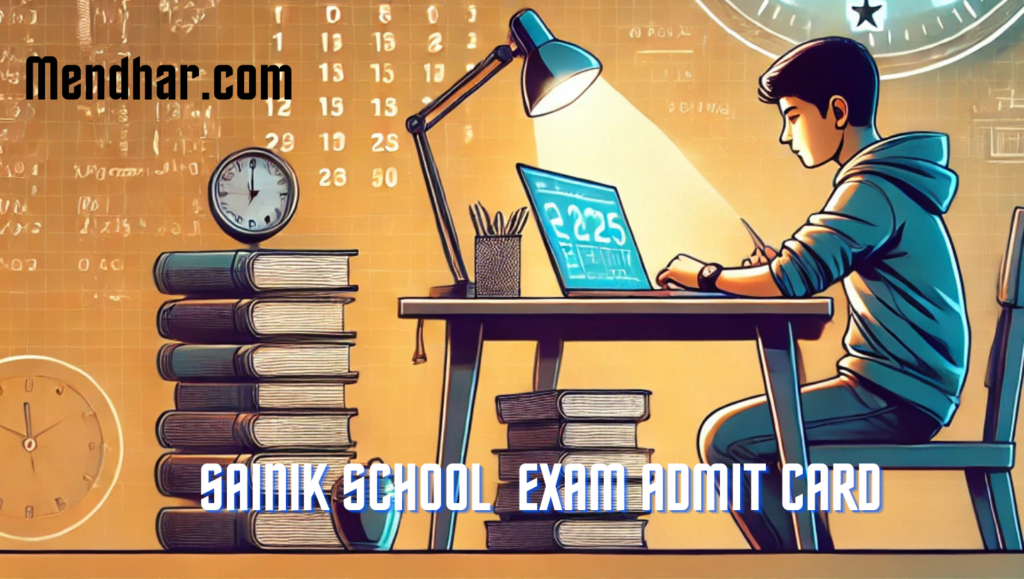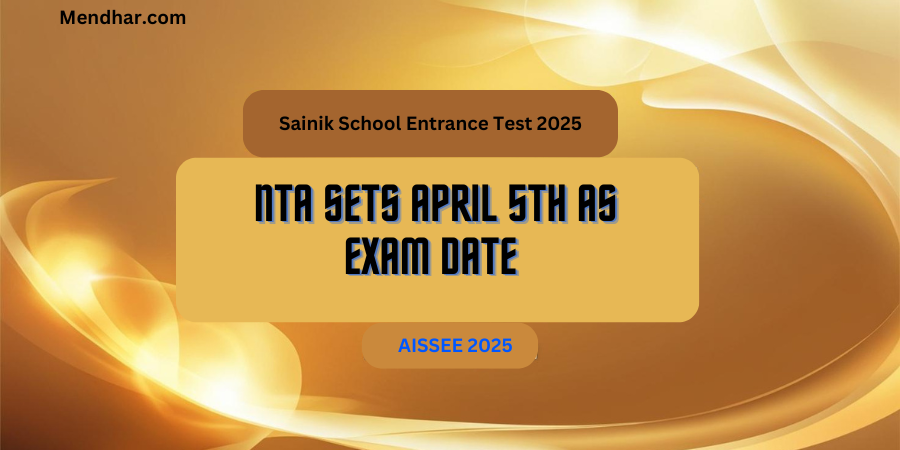Admit Card for Sainik School Entrance Exam 2025
Admit Card for Sainik School Entrance Exam 2025: How to Download for Class 6 & 9 The Admit Card for Sainik School Entrance Exam 2025 is a vital document for students appearing in the AISSEE (All India Sainik Schools Entrance Examination). Conducted annually by the National Testing Agency (NTA), this exam facilitates admission to Class […]
Admit Card for Sainik School Entrance Exam 2025 Read More »










